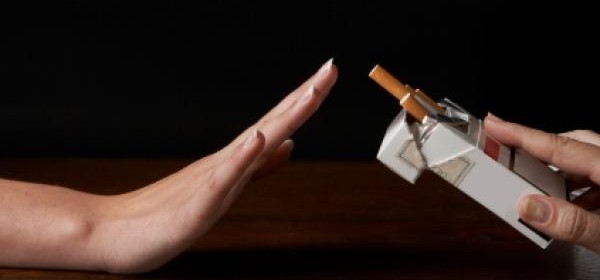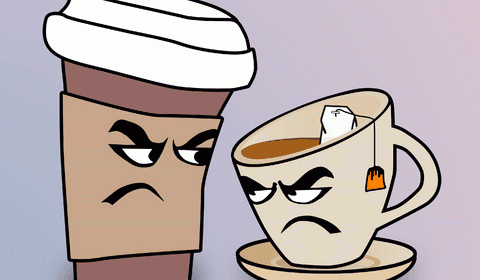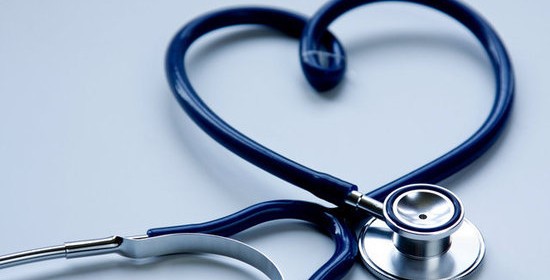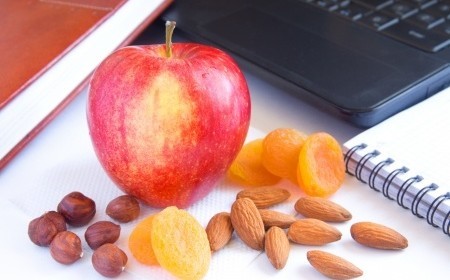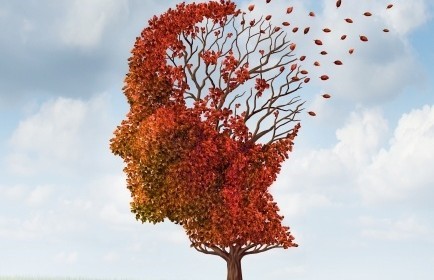Is rice bad for you?

Today’s topic is one that’s dear to the heart of most Indians – Rice! Rice has recently developed a reputation of being bad for you and being the cause of obesity in many Indians. Today’s Slice of Health show was aimed at busting myths, and answering the burning question – Is rice bad for you?
The expert guests are Jayvani shivkumar, Chief Nutritionist at Lifeline Hospital, Adarsh, a Fitness and Nutrition and Shail a noted Dietician.
Adarsh is of the opinion that the real question is not whether you should eat rice, but how much rice should you be eating. And that in controlled quantities, rice is not a bad thing at all!
Jayvani says that these days there are a lot of different varieties in rice that can be substituted for white rice like brown rice, organic millets, and whole grain rice. These options are a lot healthier and retain vitamins and fiber, while polished mill white rice can increase sugar levels in diabetics. Shail points out that in the traditional Indian diet, there’s the concept of combination food like pongal, idly, kichidi, etc, which is essentially rice, combined with vegetables and other ingredients. She says that when you add protein to rice, it creates a balanced meal and you can add fiber in the form of vegetables. Don’t have to feel bad about having white rice, as long as you’re managing your diet properly.
There are 40,000 known varieties of rice. It’s a common belief that the healthiest option is brown rice as it has more nutrients and high fiber content.
Jayavani tells us that millets are a form of rice, just a smaller variety. They’re often called as miracle grains. It’s a good option for people who want to lose weight, for diabetics and heart patients. It is high fiber content and essential fatty acids. A small quantity fills you up more than white rice. Unpolished rice is healthier than polished rice. She advises us to experiment with types of millets and choose what you like best.
A caller, Anuradha, wants to know, while making the transition from white rice to brown rice, whether it is alright to eat it at any time, even for dinner
Adarsh says that white rice is not a bad thing as long as it’s balanced with protein or veggies. If rice is part of a well-rounded diet plan, it is fine. If a person has no activity, and is prone to overeating, replacing their regular quantity of white rice with brown rice will not help. He says that the quantity of rice per meal should be between 240-270ml and not more.
Anuradha asks a follow up question – is it ok to substitute white rice with brown rice for the kids so that they get used to the taste?
RJ Jane agrees that your dietary habits are formed when you’re a child.
Jayavani on the other hand, says that when it comes to kids, it’s a bit of a challenge. Firstly, they won’t like it much, so it’ll be a herculean task. Also it’s not really necessary! Instead give them urad dal rice, which has 80% nutritional value. She also points out that sometimes rice is a comfort food. Rice boosts your serotonin level, which contributes to your mood. So she wouldn’t advice cutting out rice from anyone’s diet, considering there’s a psychology to it.
Shail insists that instead of switching to brown rice, combination foods like kichidy, idly and sweet pongal are better for the kids, and they’ll also eat it willingly!
Rice is naturally gluten free, high in nutrients and low on fat.
Adarsh gives us 3 points as a mantra for rice eaters:
1. Prioritize the proteins and veggies. Don’t overload on carbohydrates
2. If you are inactive, get active. Figure out what activity you enjoy most, and do it. Your body was made to move.
3. Get smaller tiffin boxes. To control your intake, pick up a 240ml box. The ratio should be 2 cups of veggies for 1 cup of rice.
Shail says that the first thing is to analyze your situation. What is your body condition? Your diet should depend on that. For digestion, white rice is good. For summer heat, curd rice is best. When combining rice with dhal or sambhar, even with unpolished white rice, you’re compensating for the missing nutrients. Her advice is to eat sensibly, watch your portions, exercise, and think positive. It really helps! Don’t feel guilty so much about what you’re eating, but instead eat consciously.
Adarsh highlights the importance of adding proteins like eggs, diary, lentils, fish and chicken to your rice.
Jayavani concludes by advising us to make sure carbs is only a quarter of your plate, while half your plate should be veggies and another quarter of protein. Carbs play a very important role in immunity, but for weight control, reduce the carbs and increase the protein.
Most importantly, don’t stress yourself out about it, and stay positive!
Picture Courtesy:wattpad.com

